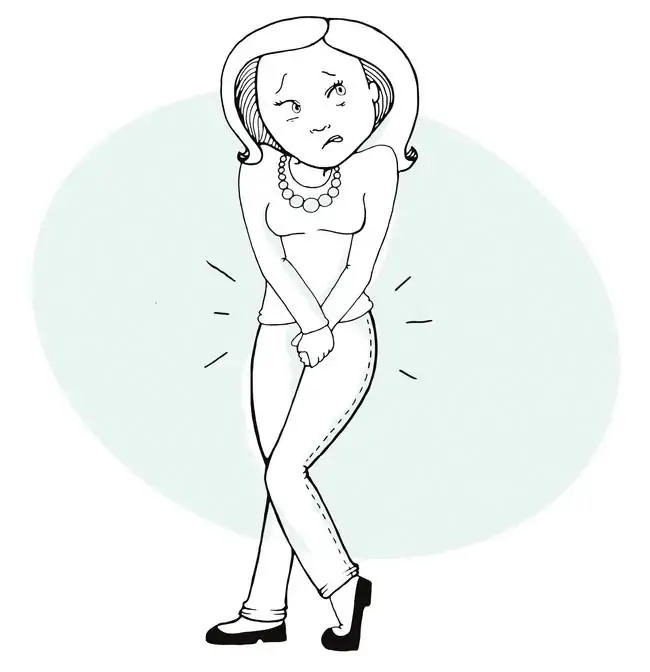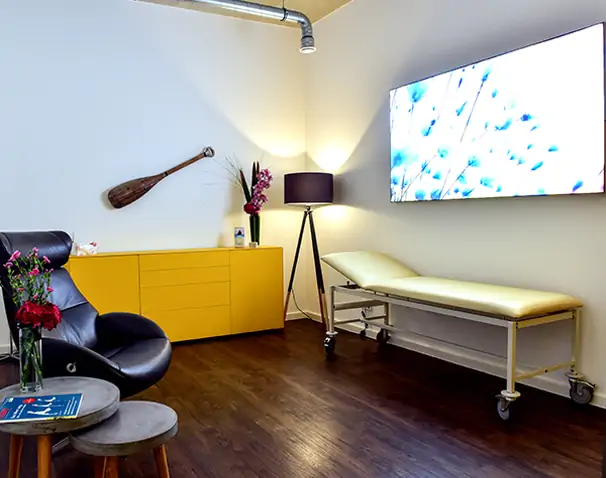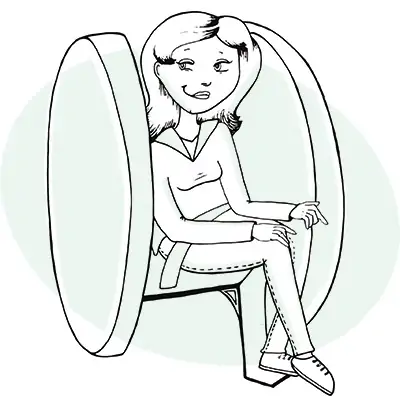Constant back and forth
Fear and insecurity
WHEN INCONTINENCE GETS IN THE WAY OF YOUR LIFE…
An end to suffering
Incontinence, also known as bladder and intestinal weakness as well as constipation, defecation disorders, recurrent inflammations, urinary tract depression and pain are a taboo subject within society, yet more than 9 million people in Germany suffer from these symptoms. For those affected, who often conceal their illness out of shame, this means physical restrictions which can severely affect their everyday lives, including refraining from doing sport, hobbies and travelling. But it doesn’t have to get to this point. That’s because there is help with urinary incontinence and especially with faecal incontinence. Defaecography, the dynamic magnetic resonance imaging of the pelvic floor in the totally open upright MRI offers a highly accurate diagnosis.


Taking away fear and insecurity
There are a number of different types of pelvic instability, which can have very different causes: e. g. age-related weakening of the pelvic floor muscles, previous operations in the pelvic floor area, pregnancy and birth as well as hormonal changes during menopause can trigger pelvic floor dysfunction. But what all those affected have in common is the fear and insecurity that the disorder brings with it. For this reason, your examination procedure is designed to be as pleasant as possible and great importance is attached to discretion and the protection of privacy: e. g. with professionally trained staff as well as separate consultation rooms with direct access to the examination room.
Seeing the problem through the right set of eyes. Defaecography in the totally open MRI.
The actual cause of your discomfort has not yet been located exactly? This is true in most cases. The upright MRI now offers completely new examination results especially in the field of defaecography. Why? Because unlike conventional examination methods such as X-rays or the tunnel MRI system, patients are not examined lying down but rather in their natural body position which thus provides new approaches to diagnostics and subsequent therapy.

